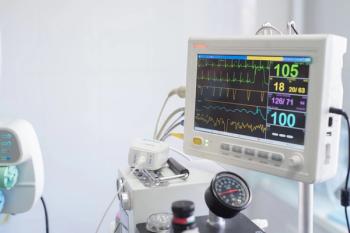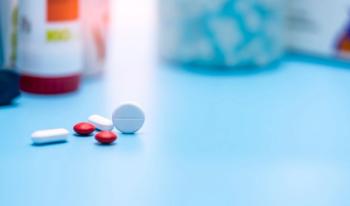
Negative pressure wound therapy reduces c-section infections and costs
Tia Welsh, MD, MPH, FACOG, shares new evidence showing that single-use negative pressure wound therapy at -80 mmHg lowers cesarean-section infection rates and healthcare costs more effectively than traditional -125 mmHg therapy.
In a recent interview with Contemporary OB/GYN, Tia Welsh, MD, MPH, FACOG, Chair of Women’s Services at Valley Medical Group, highlighted how single-use Negative Pressure Wound Therapy devices can prevent surgical site infection in patients receiving cesarean-section.
According to Welsh, the negative 80 single use therapy significantly surpasses the negative 125 therapy. This provides evidence supporting the use of this cheaper device among pregnant women. Welsh reminded clinicians that wound complications significantly impact women’s health, and providers should support those struggling.
Contemporary OB/GYN:
What were the results of your study about single-use Negative Pressure Wound Therapy devices in caesarean section (c-section) recovery?
Tia Welsh, MD, MPH, FACOG:
My study is a real-world evidence-based study of over 10,000 women, and we did a comparative study of the negative 80 single use, negative pressure wound therapy vs the negative 125, and what we found is that the negative 80 far surpasses reducing the rate of surgical site infections as well as seromas and superficial wound infections as well.
Contemporary OB/GYN:
What is the significance of this data?
Welsh:
So, because this is such a large data, this just provides more evidence that the negative 80 wound dressing really reduces morbidity in postpartum women. What it also showed is a decrease in over $700,000 per 1000 women in this study compared to the other dressing
Contemporary OB/GYN:
What clinical takeaways should providers consider when helping their patients with c-section recovery?
Welsh:
When helping patients with their c-section recovery, you have to understand that any kind of wound complication significantly hinders women, whether it increases their rate of depression, decreases the bonding they have with their baby, and even it has been shown that there's decrease in breastfeeding rates. So, we want to really prevent any type of wound complication for women undergoing cesarean birth.
Contemporary OB/GYN:
How can providers support patients with wound complications during birth?
Welsh:
When patients do have wounds and they are suffering, the first thing you want to do is provide support. Encourage, you know, that baby bonding, the PICO dressing, which we had used during this study, is a preventative, and it hasn't been shown to work after a wound has already formed.
Disclosure: Smith+Nephew, Inc.
Reference:
A comparative sNPWT study of 10,000+ C-sections shows PICO sNPWT reduces complications and cuts healthcare costs by $728,000 per 1000 patients. Smith+Nephew UK Ltd. May 14, 2025. Accessed May 20, 2025. https://www.globenewswire.com/news-release/2025/05/14/3081117/0/en/A-comparative-sNPWT-study-of-10-000-C-sections-shows-PICO-sNPWT-reduces-complications-and-cuts-healthcare-costs-by-728-000-per-1-000-patients.html
Newsletter
Get the latest clinical updates, case studies, and expert commentary in obstetric and gynecologic care. Sign up now to stay informed.
















